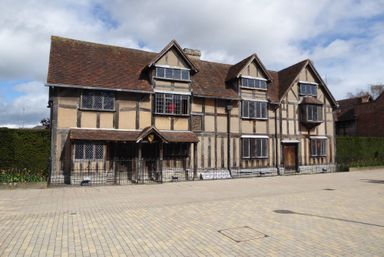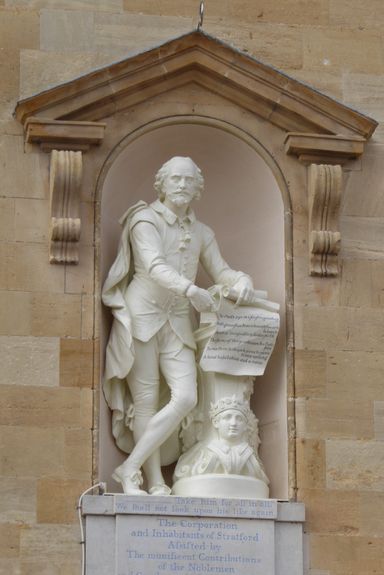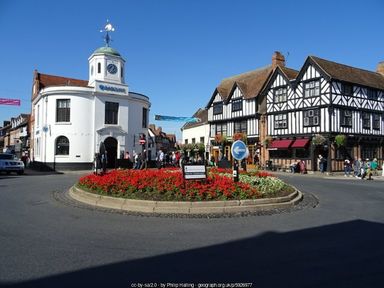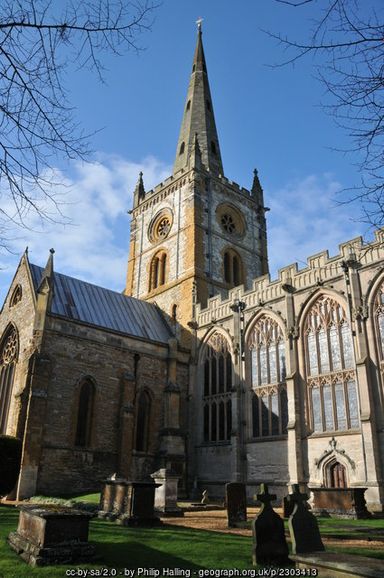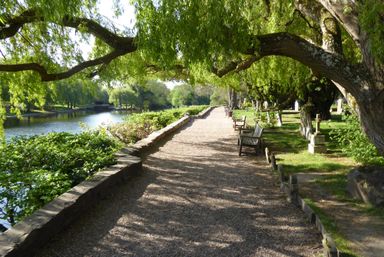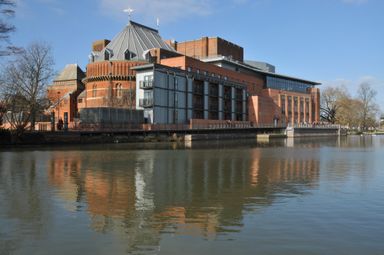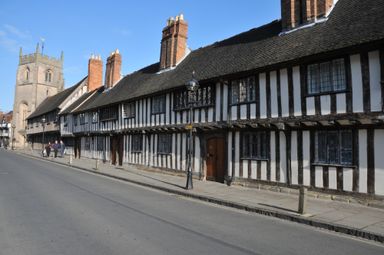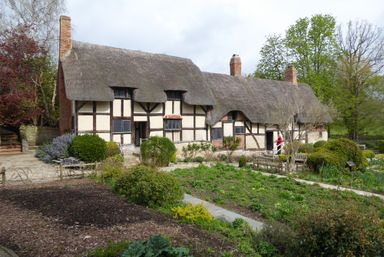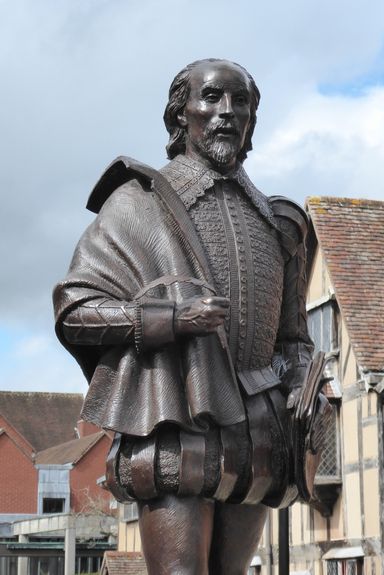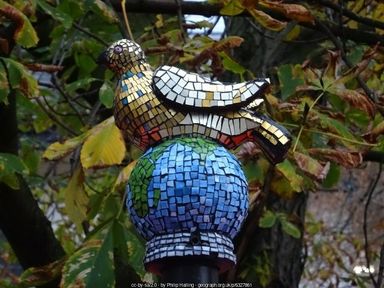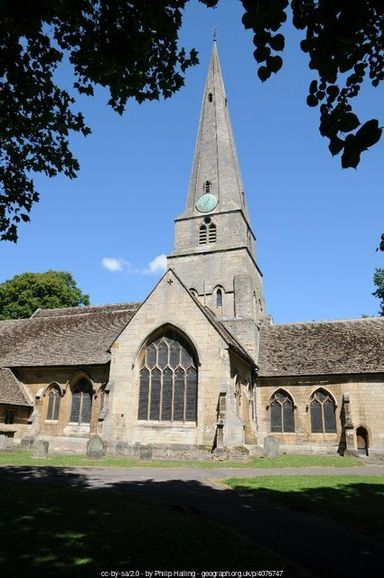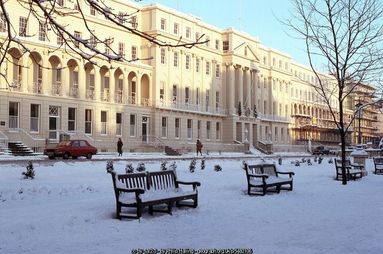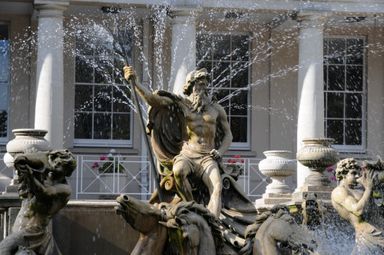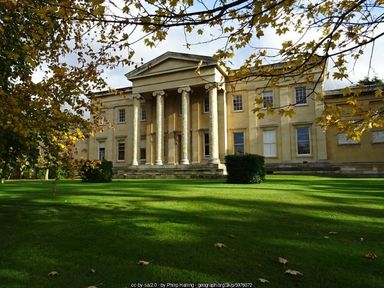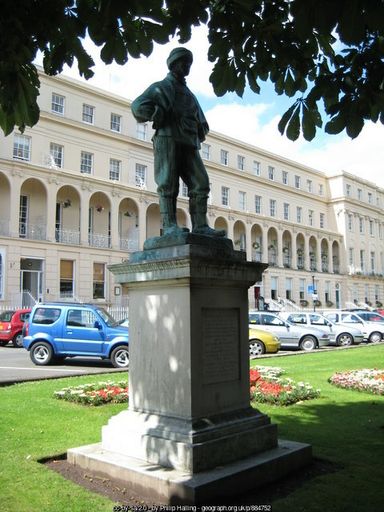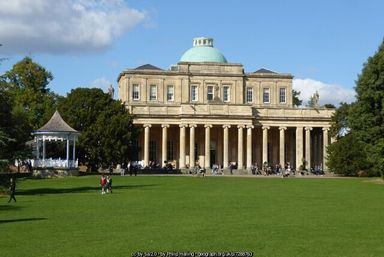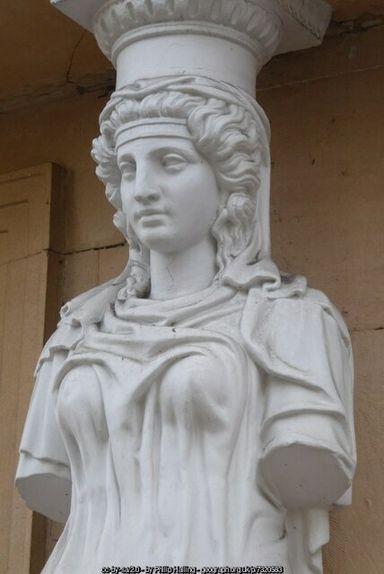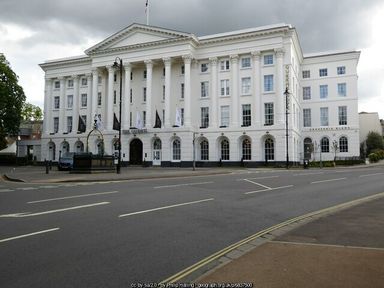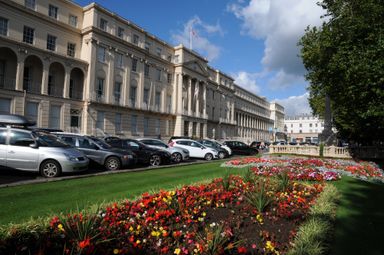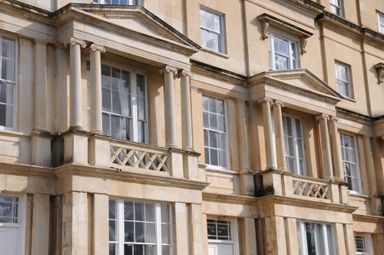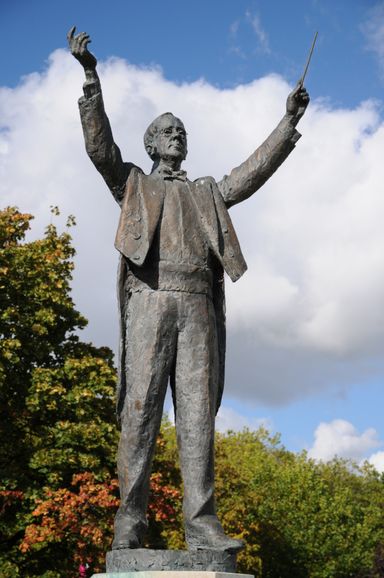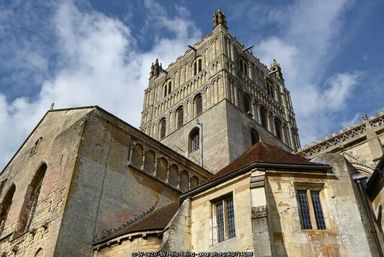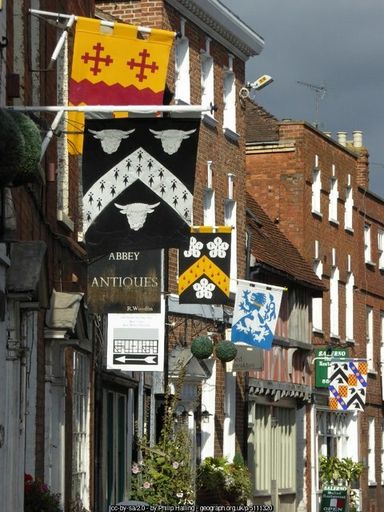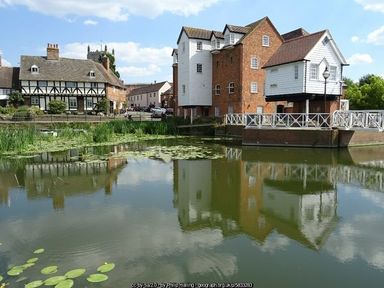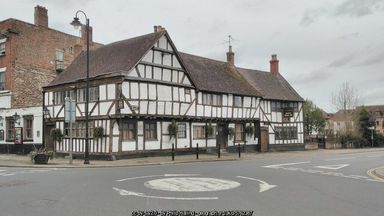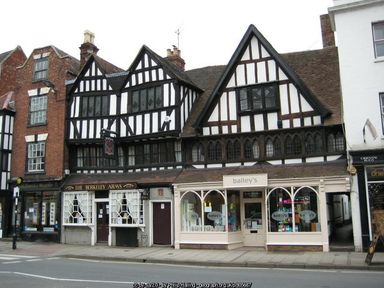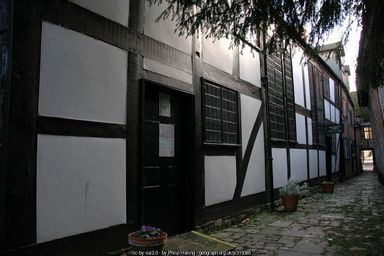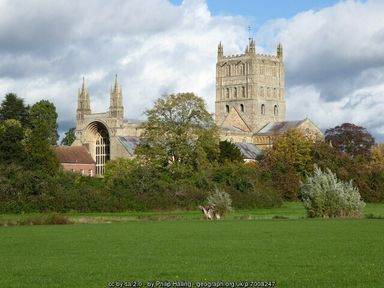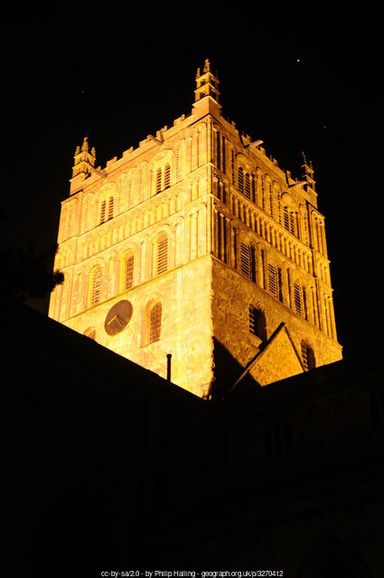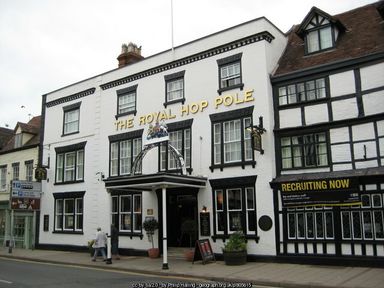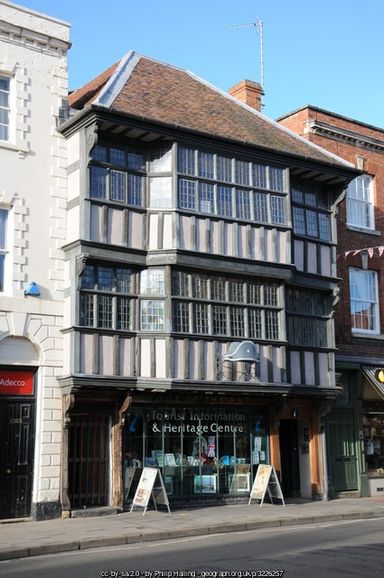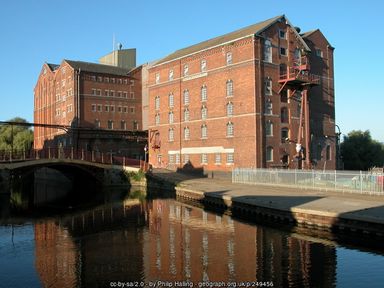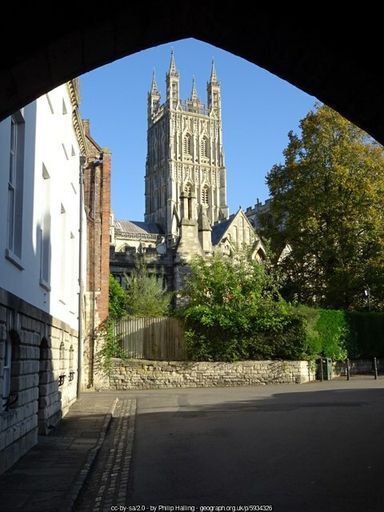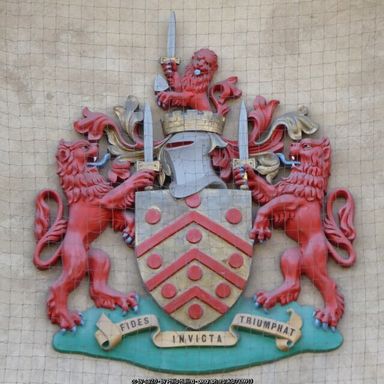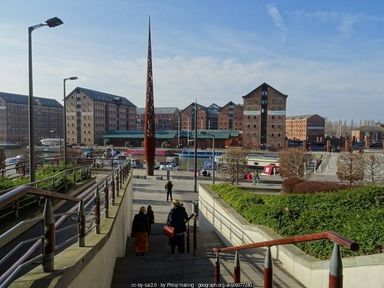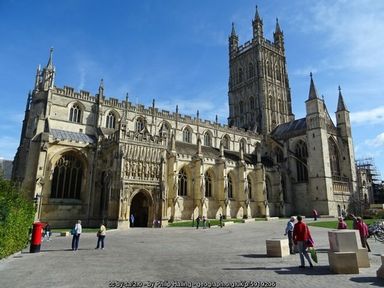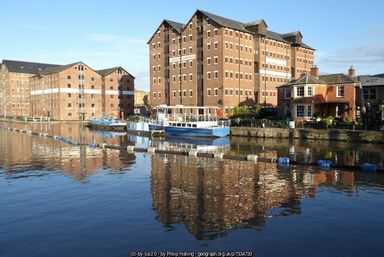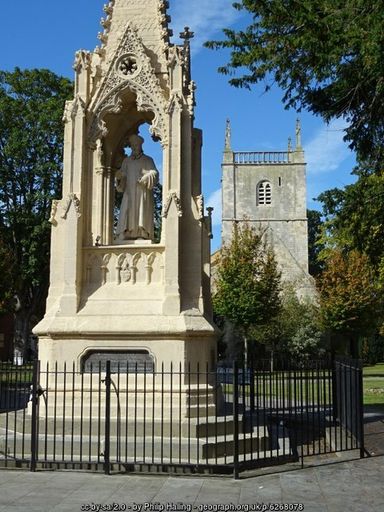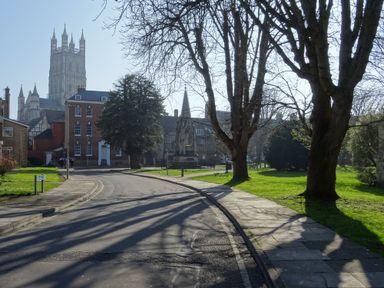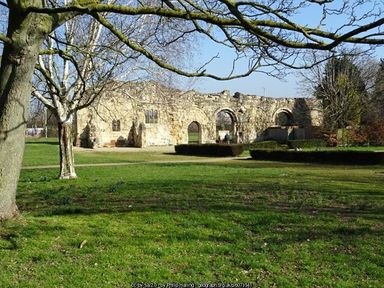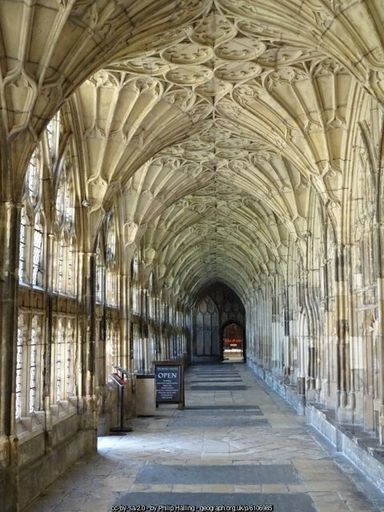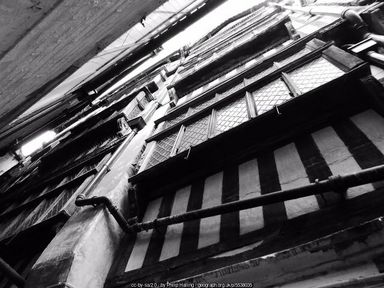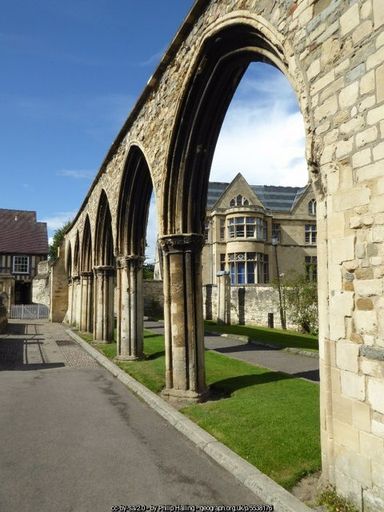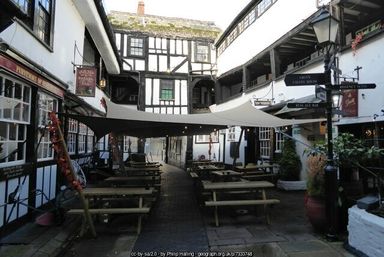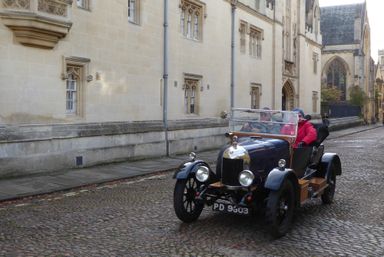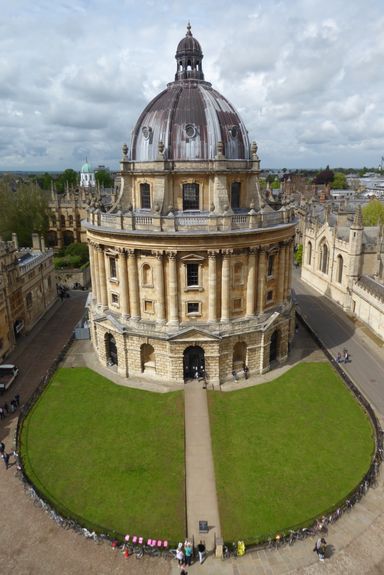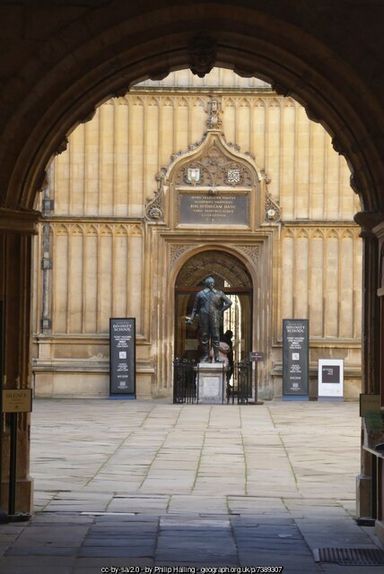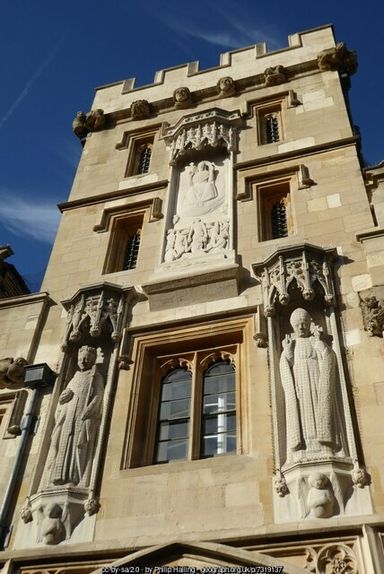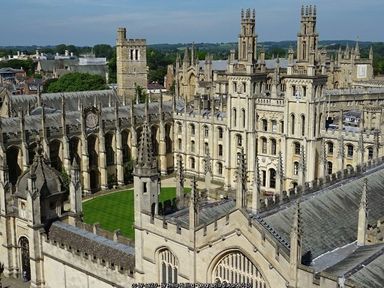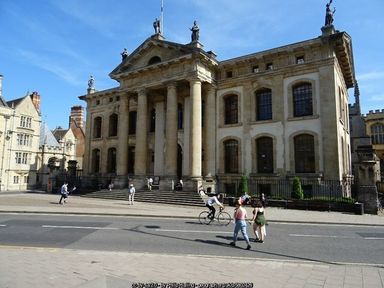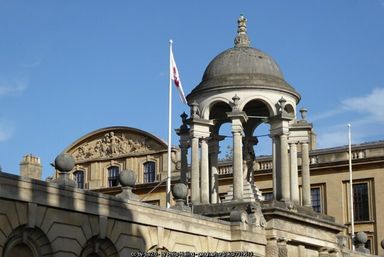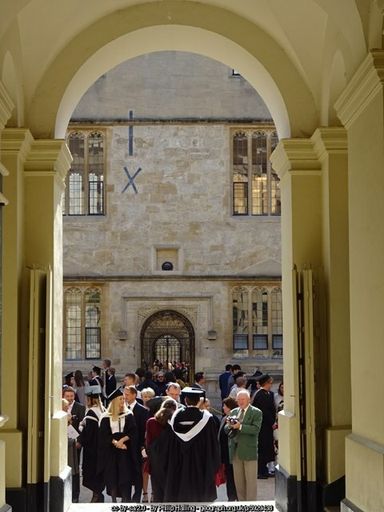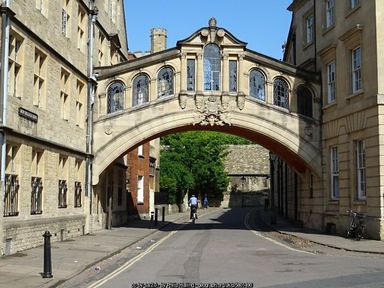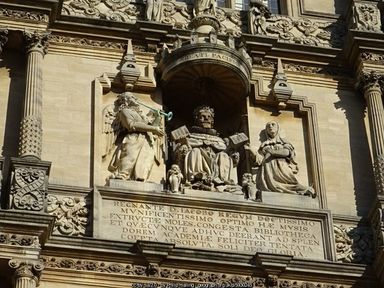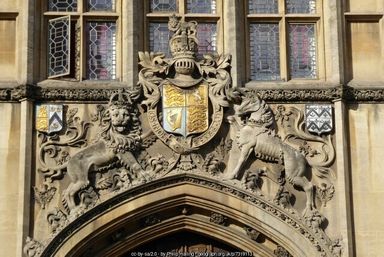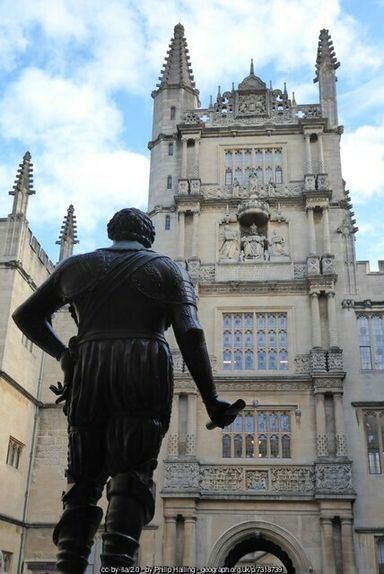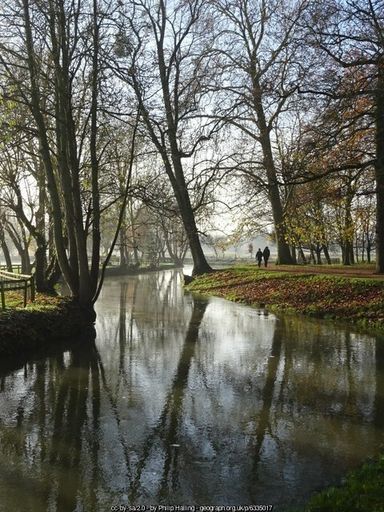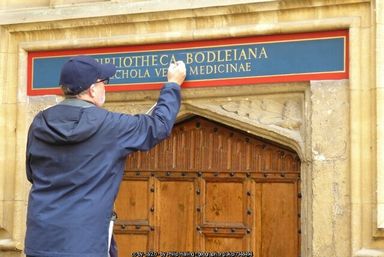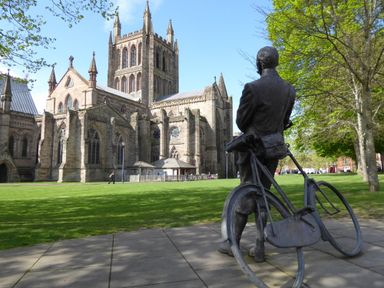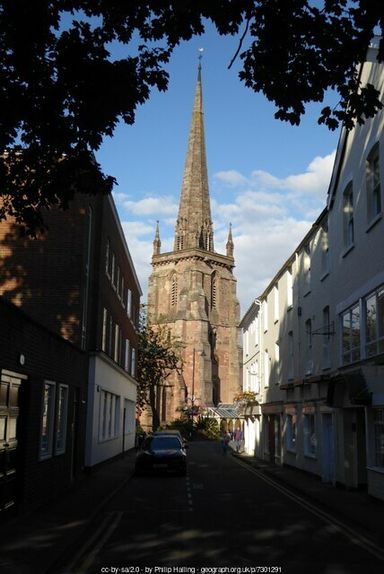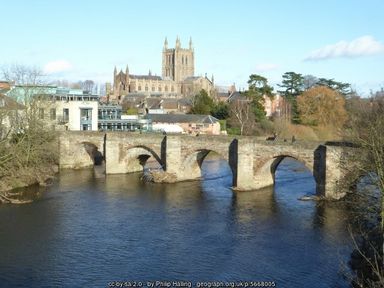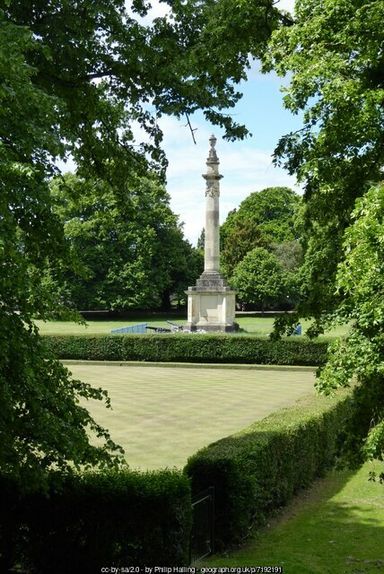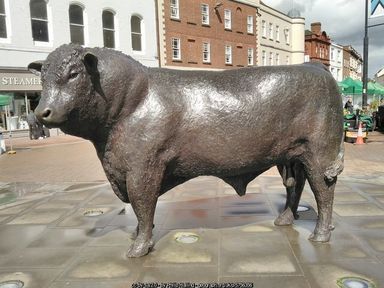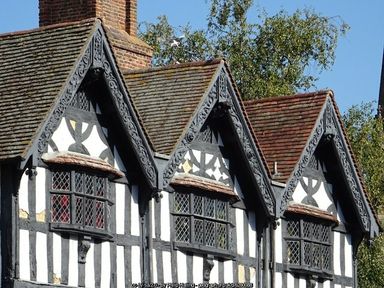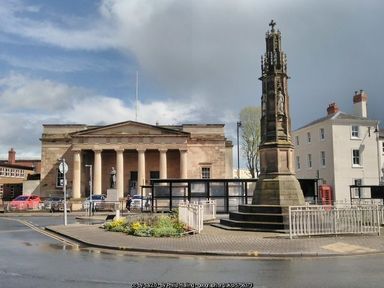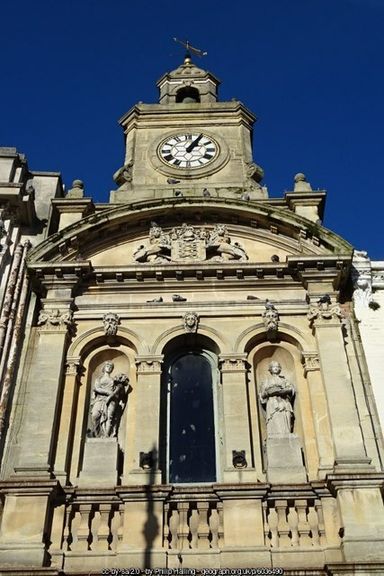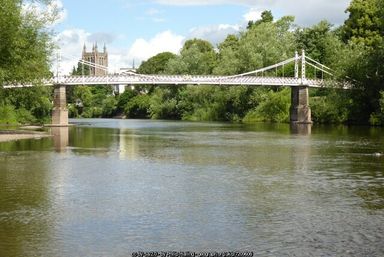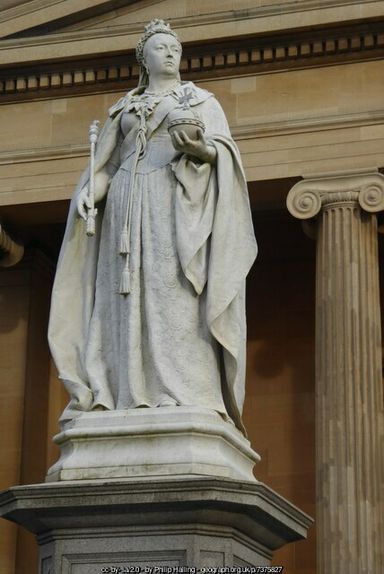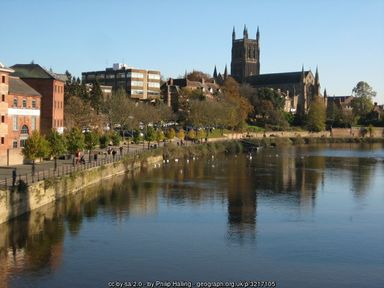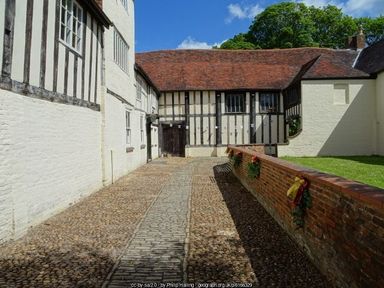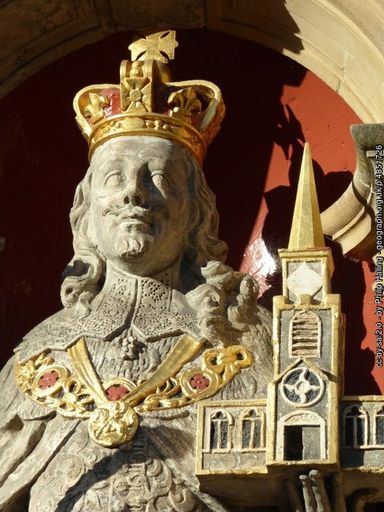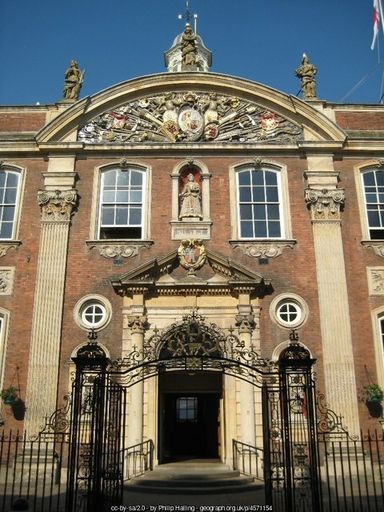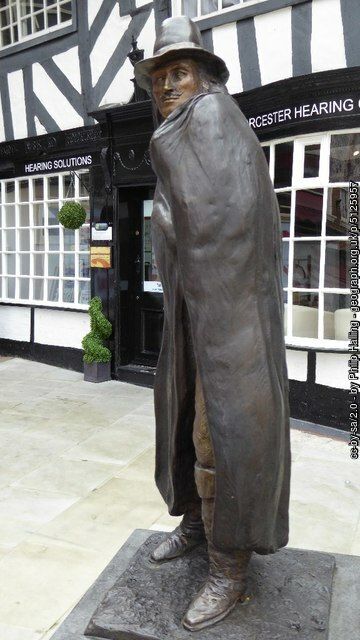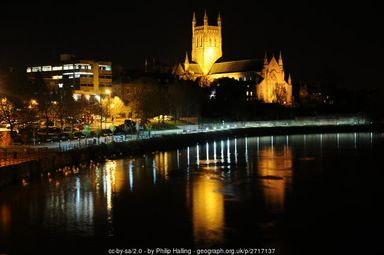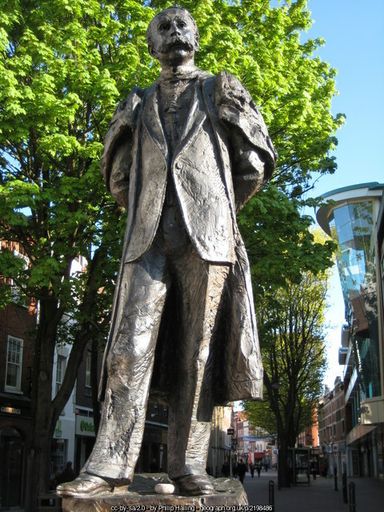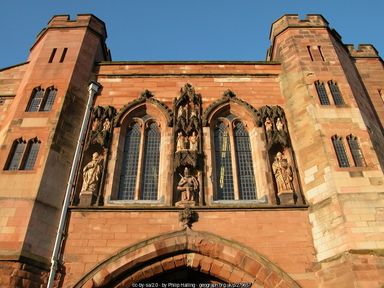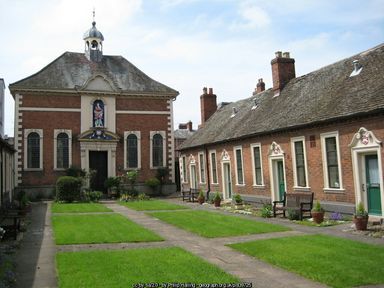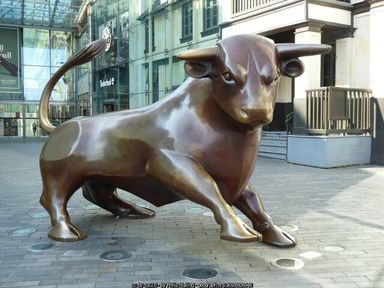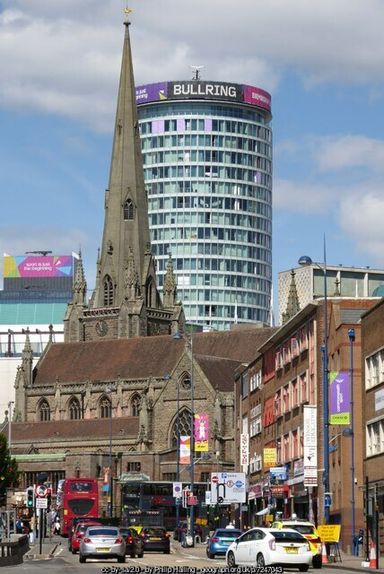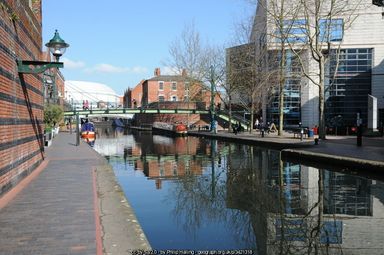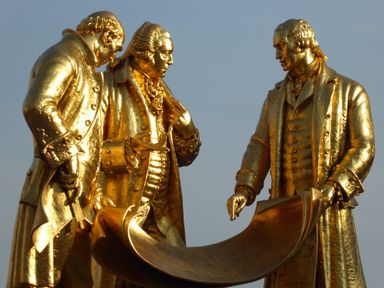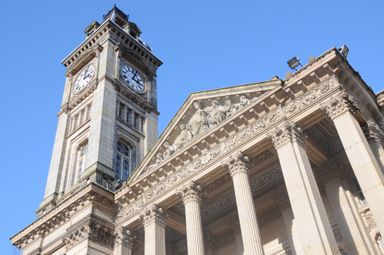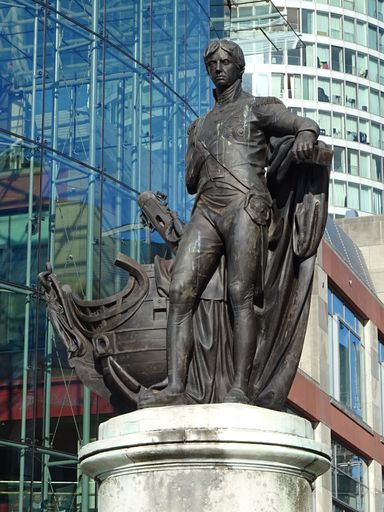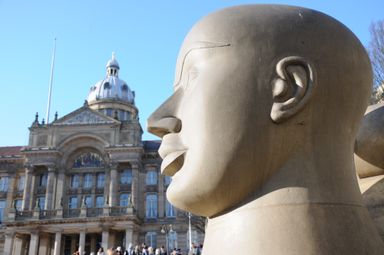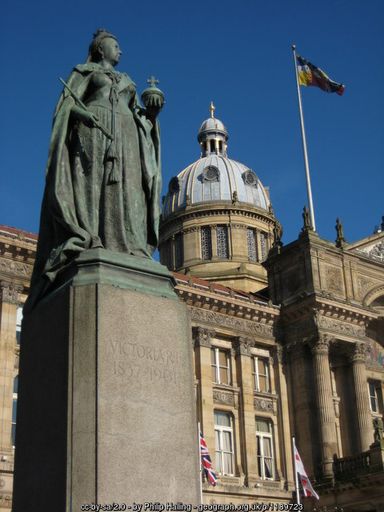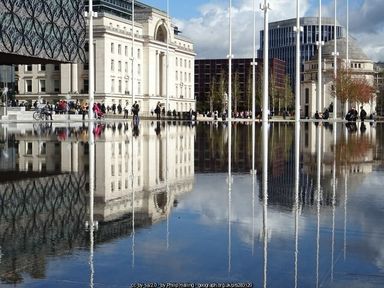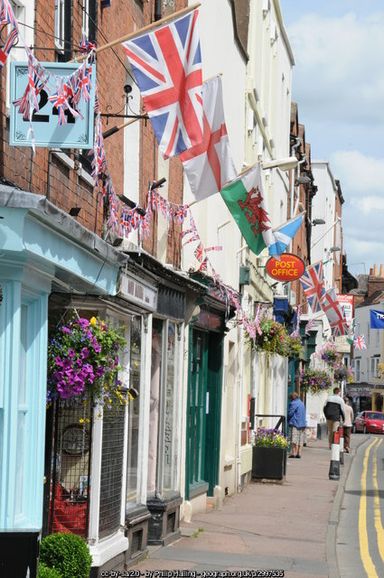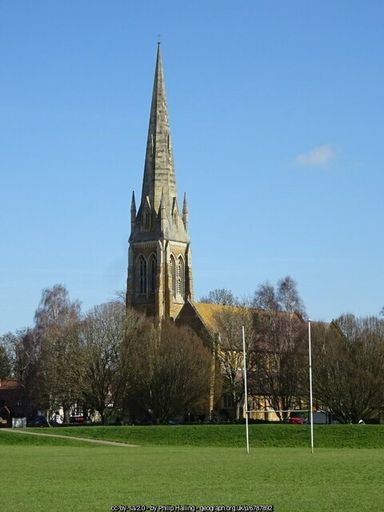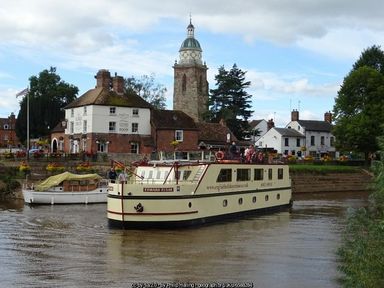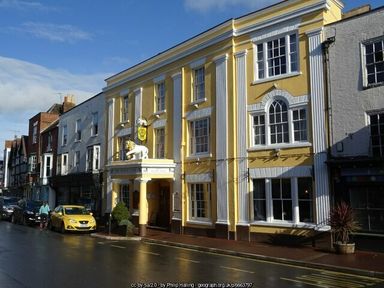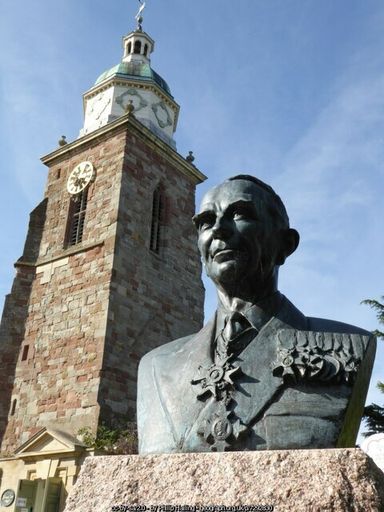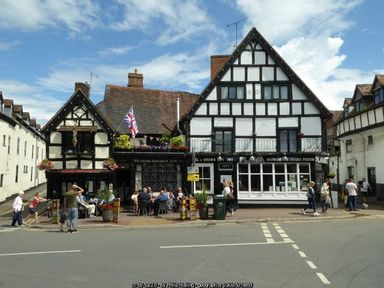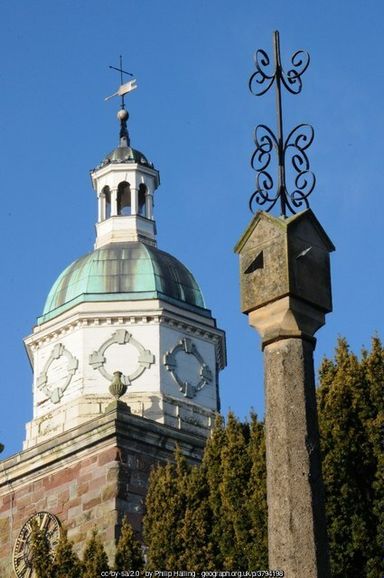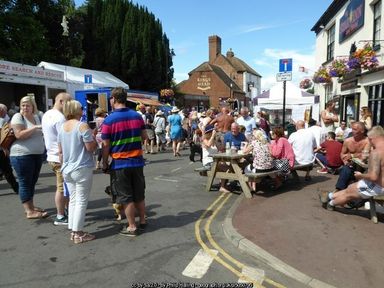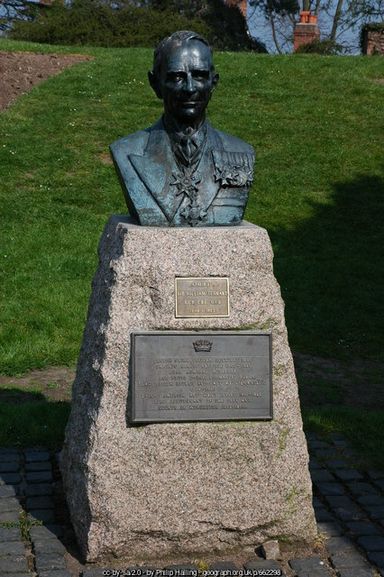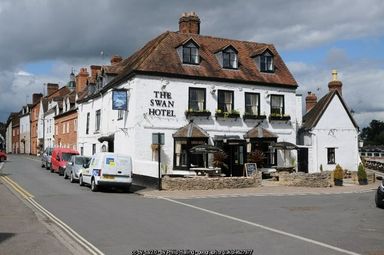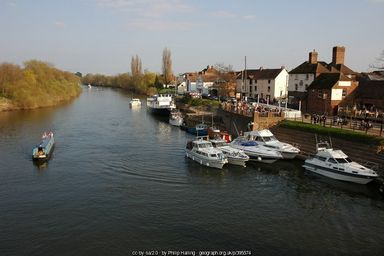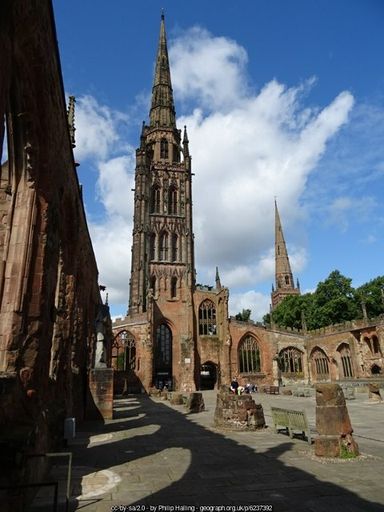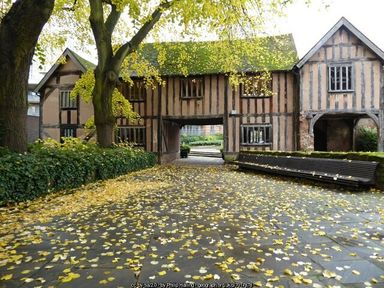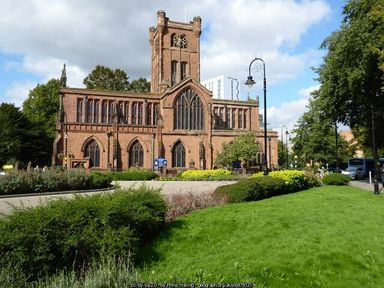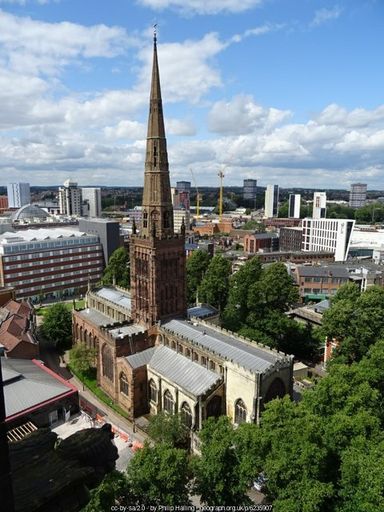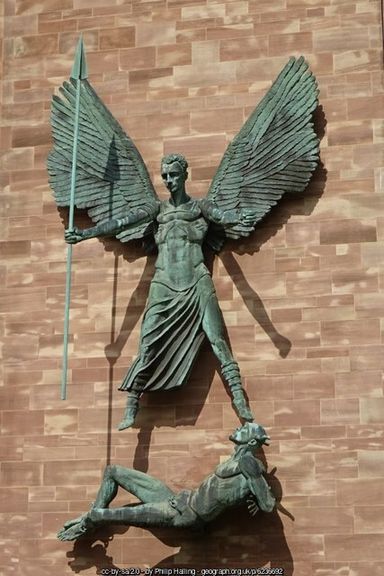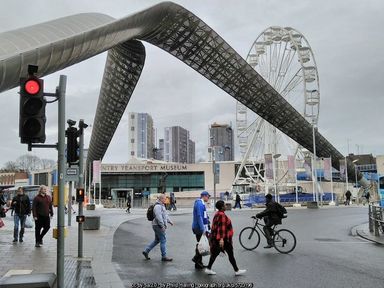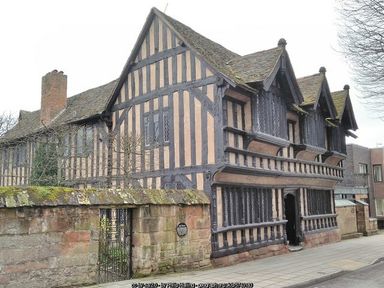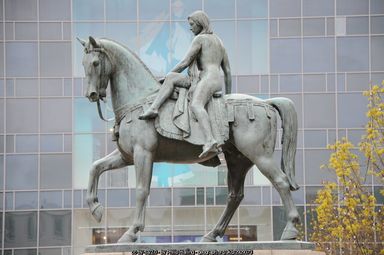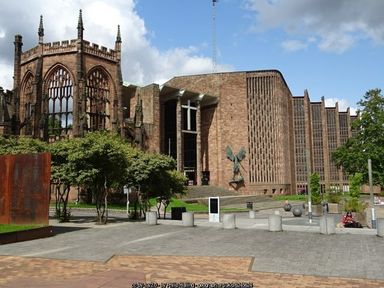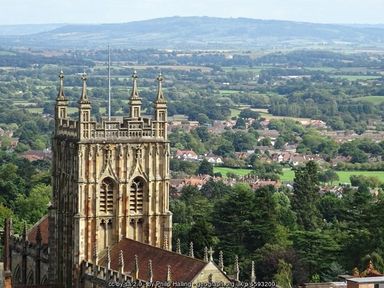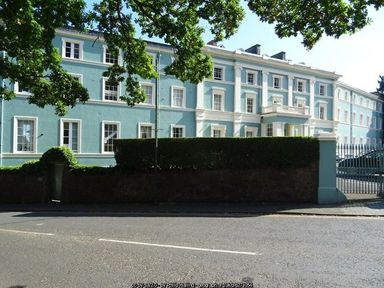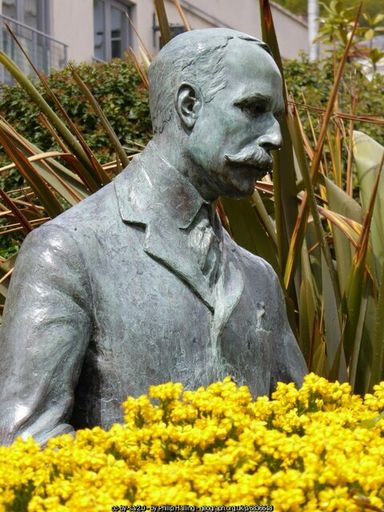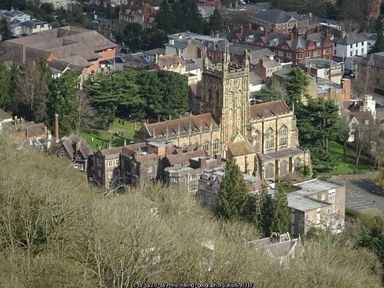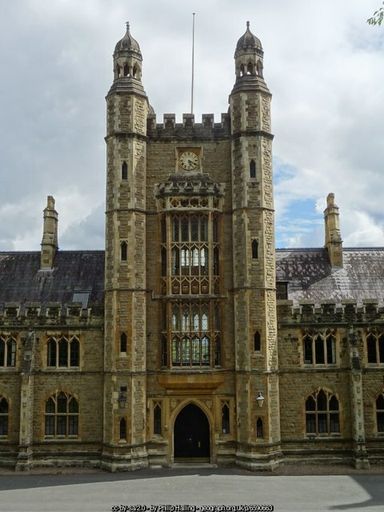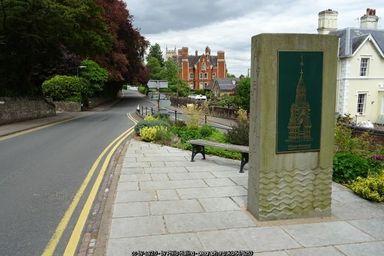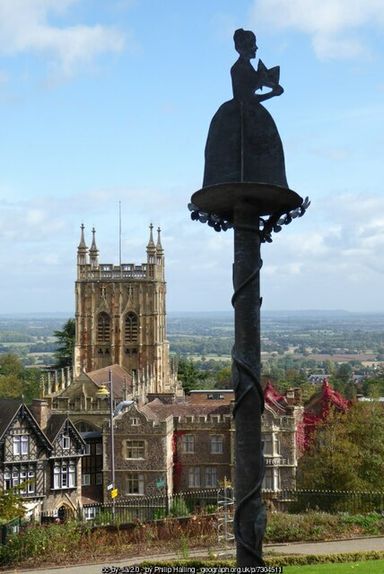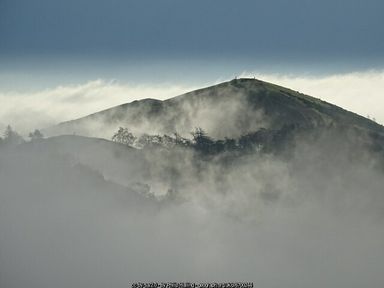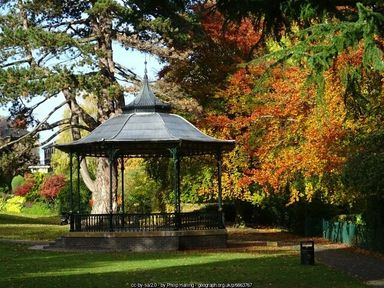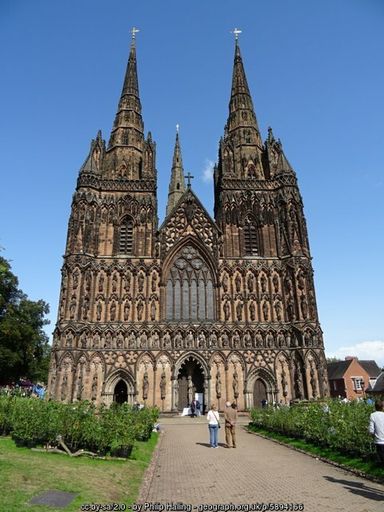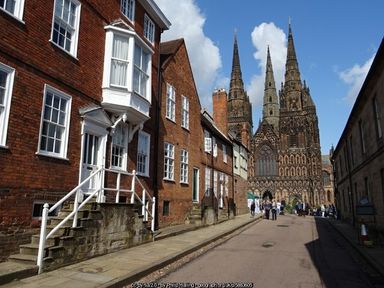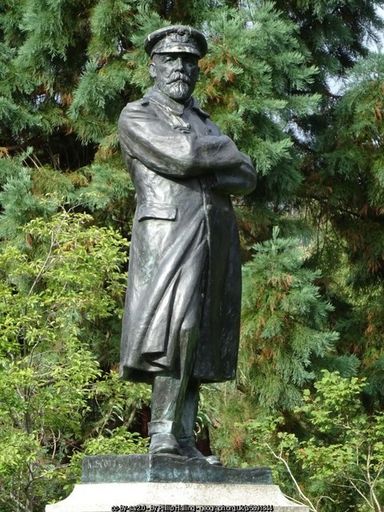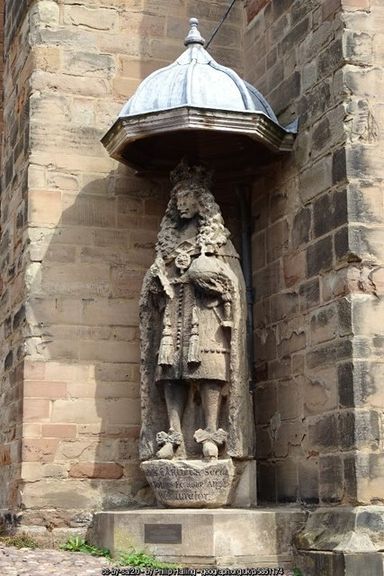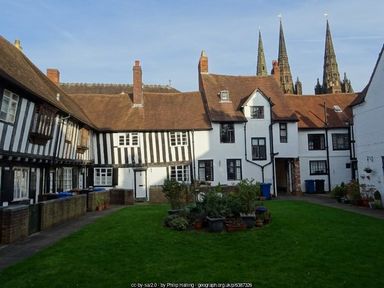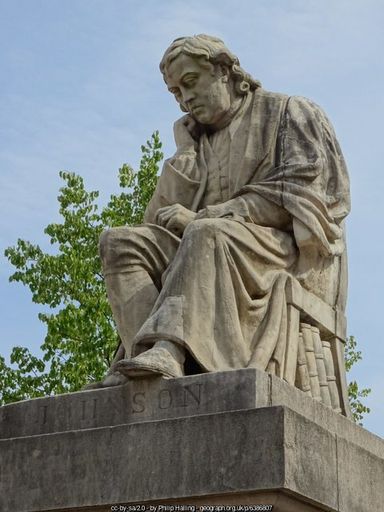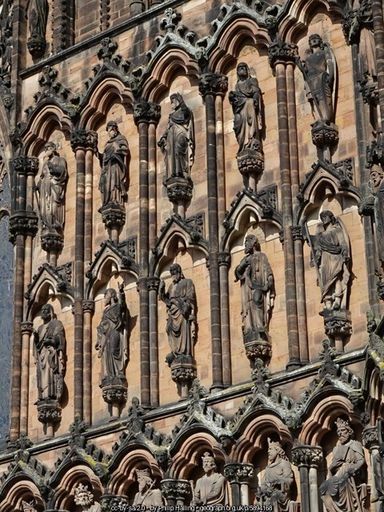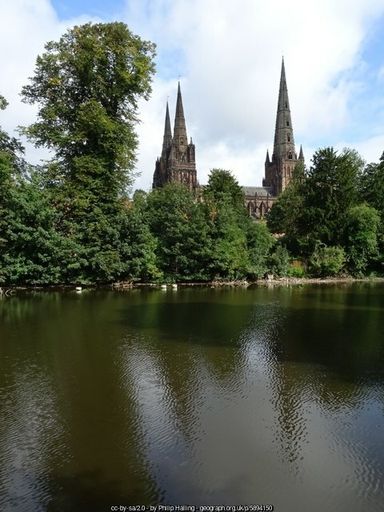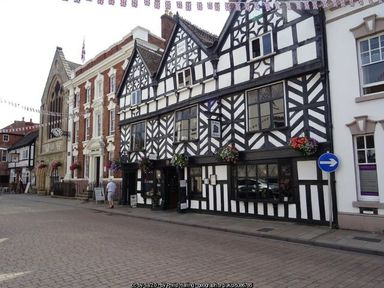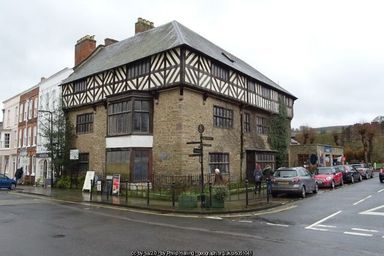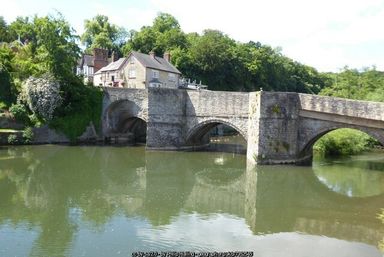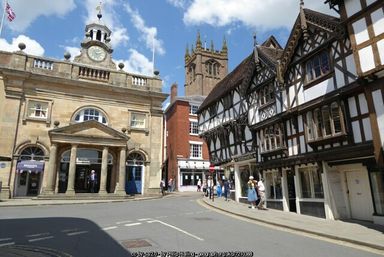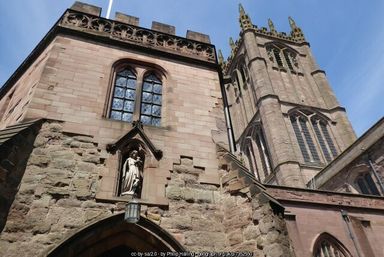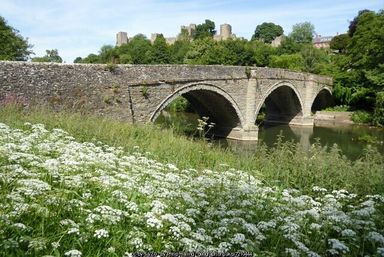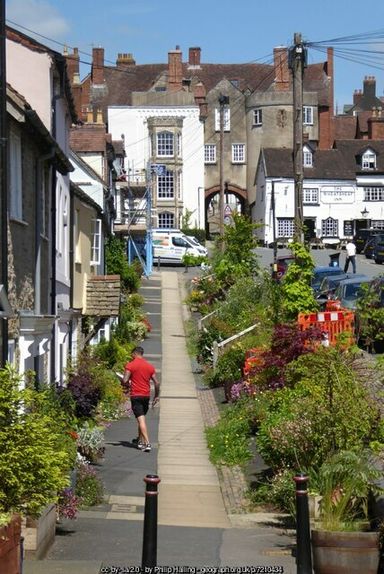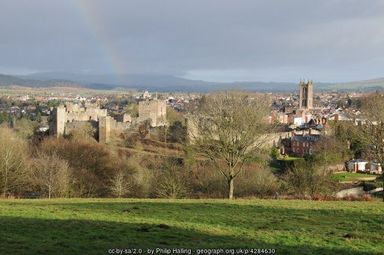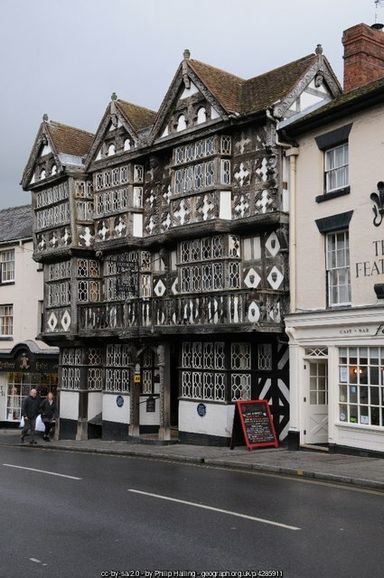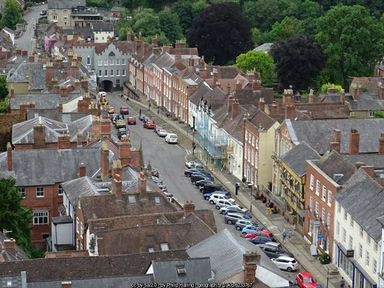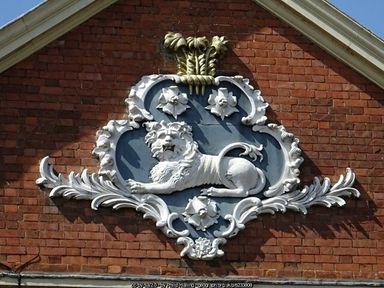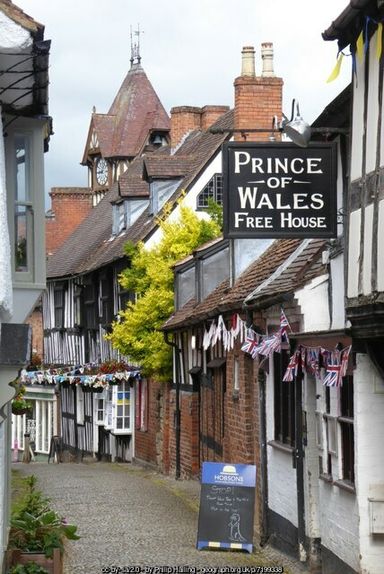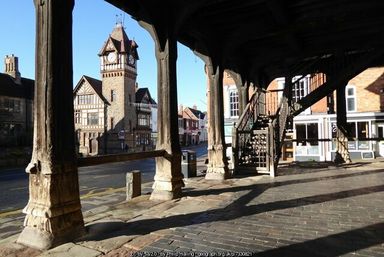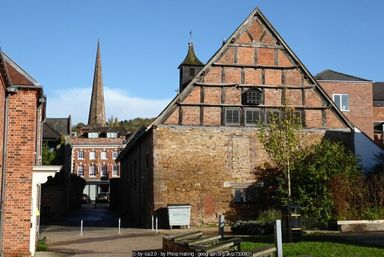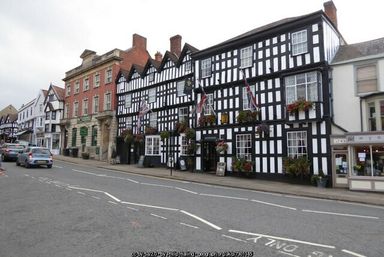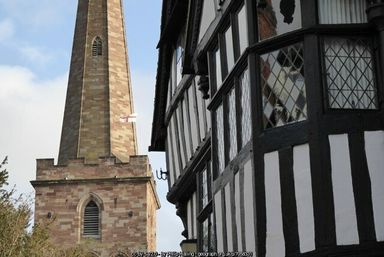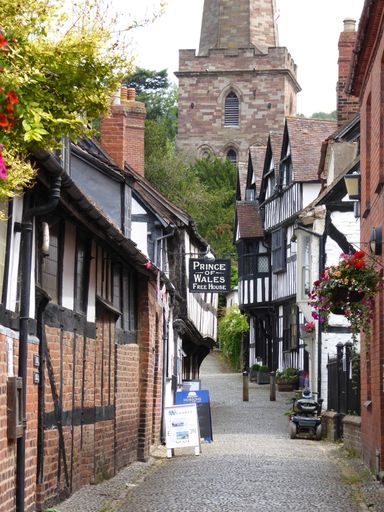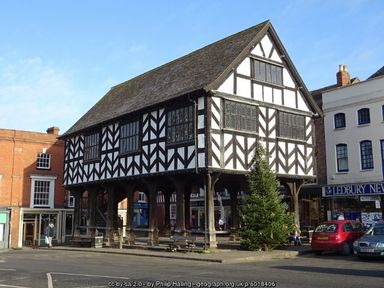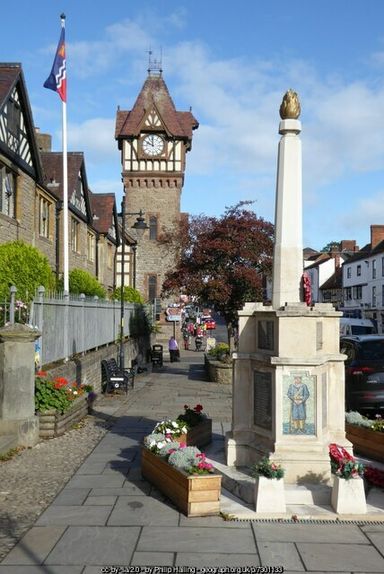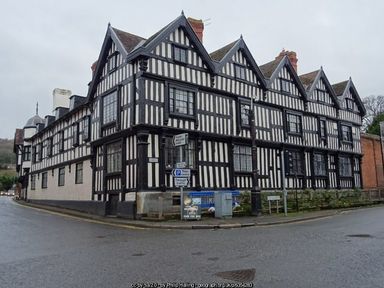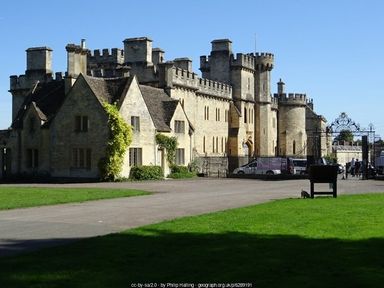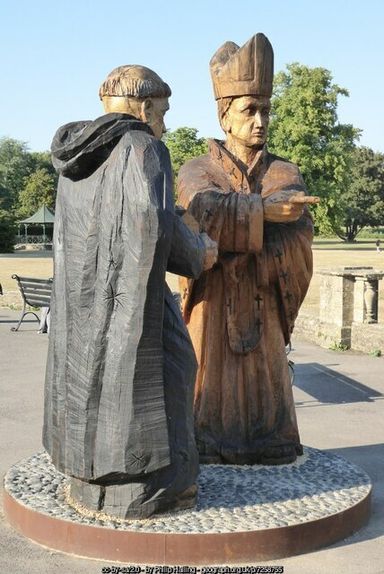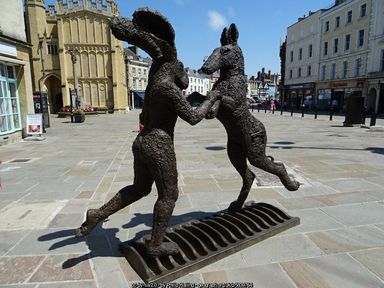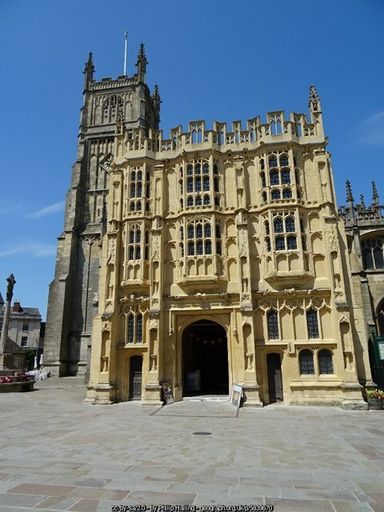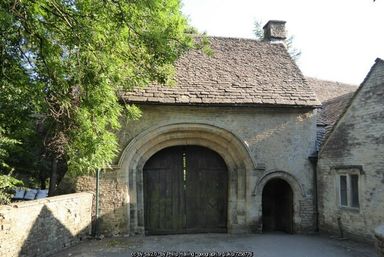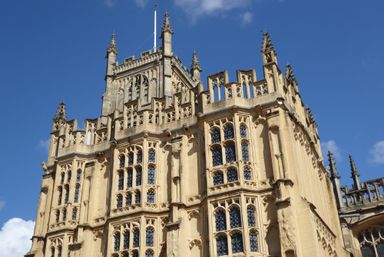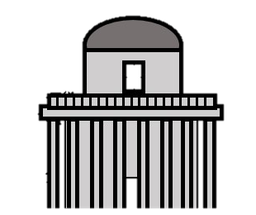Towns and the cities in the Heart of England
I lead guided walks in the towns and cities in the Heart of England region, ranging from the large city of Birmingham to small towns such as Upton-upon-Severn which has a population of less then 3,000 but has a rich history.
Stratford upon Avon
William Shakespeare is the world’s most famous playwright and a visit to Stratford-upon-Avon, the town of his birth is a must. See the house where he was born, or his schoolroom where he studied and probably first saw theatre performed by travelling players. Visit New Place, the property he bought when he was a successful man. Visit Anne Hathaway’s Cottage where as a teenager he wooed the older woman. Holy Trinity Church overlooks the River Avon and inside are the Shakespeare family graves. Nearby is the Royal Shakespeare Theatre, where better to see a Shakespeare play!
“Stratford-upon-Avon is the center of the Shakespeare universe, and you cannot ask for a better guide than Phil Halling to show and explain all of it to you. I had an unforgettable day with Phil as we visited so many of the iconic places in Stratford that had such a profound influence on Shakespeare and his writings. On a scale of 1 to 10, he gets a 10 plus.”
Brad W., United States
Cheltenham
Cheltenham is situated at the foot of the Cotswolds, little more than a village until the discovery of mineral water wells in the 18th century. As a result the town became a fashionable spa. attracting the great and the good, including George III, who came to take the waters. Famous for its gardens and Regency houses, the town became a centre of education with the founding of Cheltenham College and Cheltenham Ladies College. Gustav Holst, composer of the Planets Suite, was born in the town. What we see today is an elegant town with fine Regency houses, with parks and floral squares. Every March, the town hosts horse racing's National Hunt Festival which takes place at nearby Prestbury Park.
Tewkesbury
Tewkesbury Abbey with it large Norman tower dominates the town's skyline. Larger than 14 of England's cathedrals it has been described as the 'Westminster Abbey of medieval feudal England'. The town was the site of a decisive battle in the Wars of the Roses. Before the coming of the railways Tewkesbury was an important town with many stage coaches passing through every day. With so much passing trade coaching inns flourished in the town. The town has many timber-framed buildings, some dating from the 15th century, many survive thanks to the main railway line passing to the town this resulted in little development of the town in 19th century. Tewkesbury is located at the confluence of the River Avon with the River Severn, as a result the river has played an important role in the town, stone was brought from Normandy to build to abbey, boatbuilding took place here into the 20th century, and when built the flour mill Healings Mill was the most productive in the world.
Gloucester
The city of Gloucester has inspired nursery rhymes, such as:
Doctor Foster went to Gloucester,
In a shower of rain;
He stepped in a puddle,
Right up to his middle,
And never went there again.
The city may also have inspired the nursery rhyme 'Humpty Dumpty'. A tailor in Gloucester certainly inspired Beatrix Potter to write the 'The Tailor of Gloucester'.
Gloucester has 2000 years of history, founded by the Romans, it became an important city in Anglo-Saxon and in medieval times. William the Conqueror ordered the Domesday Book from a parliament held in Gloucester. The city once had six abbeys and monasteries, five survive to this day, ranging from ruins to the outstanding cathedral. St Peter's Abbey was promoted to a cathedral by Henry VIII in the 16th century, in the 13th Henry III's coronation took place here, a century later king Edward II was buried here after his murder in nearby Berkeley Castle. During the Civil War this Parliamentarian town withstood a siege led by king Charles I. In the 19th century, Gloucester Docks became a busy port with goods being transported down river from the midlands and imported from overseas through the docks. Gloucester has been used as a film location, including 'Dr Who', and 'Harry Potter'. For those who remember the early 1970s is was used in the BBC series 'The Onedin Line'.
Oxford
Matthew Arnold described Oxford as 'the city of dreaming spires'. The university, is the oldest in the English speaking world, 72 Nobel laureates and 30 British prime ministers have studied here, that is more than half of Britain's PMs! In the 17th century during the Civil War it served as capital to King Charles I. The Ashmolean Museum opened in 1683 as Britain’s first public museum, and the world’s first university museum. Influential churchmen attended Oxford University, in the 18th century, John Wesley founder of Methodism, and in the 19th Cardinal John Newman who became a Roman Catholic. The city has been used as the film location of TV series such as 'Inspector Morse' and 'Lewis' and the film and TV adaptions of 'Brideshead Revisited'. There are also literary connections with CS Lewis, Tolkien and Lewis Carol.
Hereford
The city of Hereford is situated on the River Wye. There has been a cathedral here since the 7th century. In medieval times its proximity to Wales made it an important city, part of it city wall is still visible, even a small piece of Saxon wall can be seen. The city had a very large castle, little remains today, however the castle grounds have survived including part of the moat. Owen Tudor, Henry VII's grandfather was executed here after the battle of Mortimer's Cross in the Wars of the Roses. The cathedral is home to the world's largest surviving 'chain library' and the fascinating 'Mappa Mundi', a 13th century map of the world. Charles II's favourite mistress is believed to have been born in Hereford. Actor, David Garrick was born here, and Sarah Siddons’ family roots are to be found in this city.
Worcester
The city of Worcester is known around the world for Worcestershire Sauce, and Royal Worcester Porcelain. The sauce is still manufactured in the city, sadly Royal Worcester Porcelain isn't. Worcester is known as the 'Faithful City' due to its loyalty to the Royalist cause in the Civil War, the city was the site of the last decisive battle from which the defeated future Charles II made his famous escape eventually to the south coast and the continent. More than a century later, future American presidents Adams and Jefferson visited the city declaring it was "where liberty was fought for". Composer, Sir Edward Elgar was born just outside the city and lived in Worcester as a child. What became Royal Worcester Porcelain was found in 1751 by Dr John Wall, and in the 19th century Dr Charles Hastings founded the BMA (British Medical Association) in Worcester.
Birmingham
Birmingham is the second city in Britain. Given city status in 1889, and though a small settlement in medieval times it became a booming city and grew during the Industrial Revolution. With industrialists such as Matthew Boulton, James Watt and William Murdoch it became the workshop of the world and known as 'the city of one thousands trades'. The city includes Birmingham Museum and Art Gallery which contains the largest collection of Pre-Raphaelite art in the world. Just outside the city centre is the historic Jewellery Quarter, still a centre for jewellery manufacture.
Upton-upon-Severn
Upton-upon-Severn is a small town of 3000 people but due it having a bridge over crossing the River Severn since medieval times it has been been more important that its size would suggest. By the end of the 17th century the River Severn was the second busiest commercial river in Europe. During the Civil War Upton was the site of a battle in the days before the decisive Battle of Worcester. The town has a number timber-framed buildings. One inn has a literature and theatre connection. Grave robbers were briefly active here and the town is proud of its WWII hero of Dunkirk and D-Day.
Coventry
Coventry is famous for Lady Godiva who according to legend bared all to cut taxes. The city was a significant city in the 11th century and evolved from an important walled medieval city regularly visited by kings, to a modern commercial city home of two universities. The city has boomed as a manufacturer of cloth and textiles, clocks and watches, bicycles, home of 130 motor car makers and also the aircraft industry. Being a major centre of industry Coventry paid a heavy price in WWII when much of the city centre was destroyed in the blitz. The cathedral was lost to incendiary bombs, but a number of medieval buildings survived. Today it is the only UK city where three cathedrals can be viewed. Rebuilt and rejuvenated, in 2021 it was the UK City of Culture.
Malvern
A Benedictine priory was founded in Malvern at the end of the 11th century. Until the 19th century Malvern was a small village, however the arrival of a pair of doctors in the 1840s and their treatment known as the Water Cure changed Malvern. Malvern grew to become a town attracting many people taking the cure. This included famous people such as Charles Dickens, Charles Darwin and Florence Nightingale. By the end of the 19th century demand for the Water Cure declined and the town became a centre for education with among others Malvern College and Malvern St James being founded at this time. The town is very much associated with composer st Edward Elgar who lived for many years in the town. During WWII the town played a key role in the development of RADAR. American forces were based around the town in the lead up to the Normandy D-Day landings. In nearby Malvern Link is the Morgan car factory; Morgan cars have been made here for more than a century and production continues.
Lichfield
Lichfield Cathedral is the only English medieval with three spires, known as 'the ladies of the vale'. The diocese was founded by St Chad in 669, making it one of England's earliest. The city was the birthplace of Dr Samuel Johnson, famous 18th century actor David Garrick grew up here and Eramas Darwin, grndfather of Charles Darwin lived here. The city's central location and its Royalist sympathies during the Civil War resulted in more than one siege and the cathedral sustaining major damage, the only cathedral requiring rebuilding work after the Civil War.
Ludlow
The former Poet Laureate Sir John Betjeman described Ludlow as "probably the loveliest town in England", who could disagree. The town was founded by the Normans in the late 11th century, soon after the Norman Conquest. Its strong defensive position above the River Teme made it an ideal location for a castle which became the seat of the Council of Wales and the Marches. The church of St Laurence has been referred to as ‘the cathedral of the Marches’ and is one of just eighteen 5 star churches in England according to Simon Jenkins. The town boosts many fine timber-frame and Georgian houses and still retains one former gatehouse.
Ledbury
Ledbury has some very fine timber-framed buildings, including the Market Hall, and hotels such as The Feathers and the Old Talbot. St Michael's church has a detached tower and spire, the tallest in the Herefordshire, and inside there is a painting of the Last Supper, an artwork by the Titian school. There is a chapel and almshouse dedicated to the town's own unofficial saint, St Katherine. The town was the birthplace of poet Laureate John Masefield. Elizabeth Barrett Browning lived locally, as did the Dymock Poets who included, Rupert Brook, Robert Frost, Lascelles Abercrombie and Edward Thomas. Every July the town hosts a poetry festival.
Cirencester
Today, Cirencester is an attractive town in the heart of the Cotswolds. In Roman times it was known as Corinium and was the second largest city in Roman Britain, the site of the Roman Amphitheatre can still be seen. The Cotswolds grew wealthy in medieval times which is evident in its fine church. The town boasts the tallest yew hedge in the world.
We need your consent to load the translations
We use a third-party service to translate the website content that may collect data about your activity. Please review the details in the privacy policy and accept the service to view the translations.
